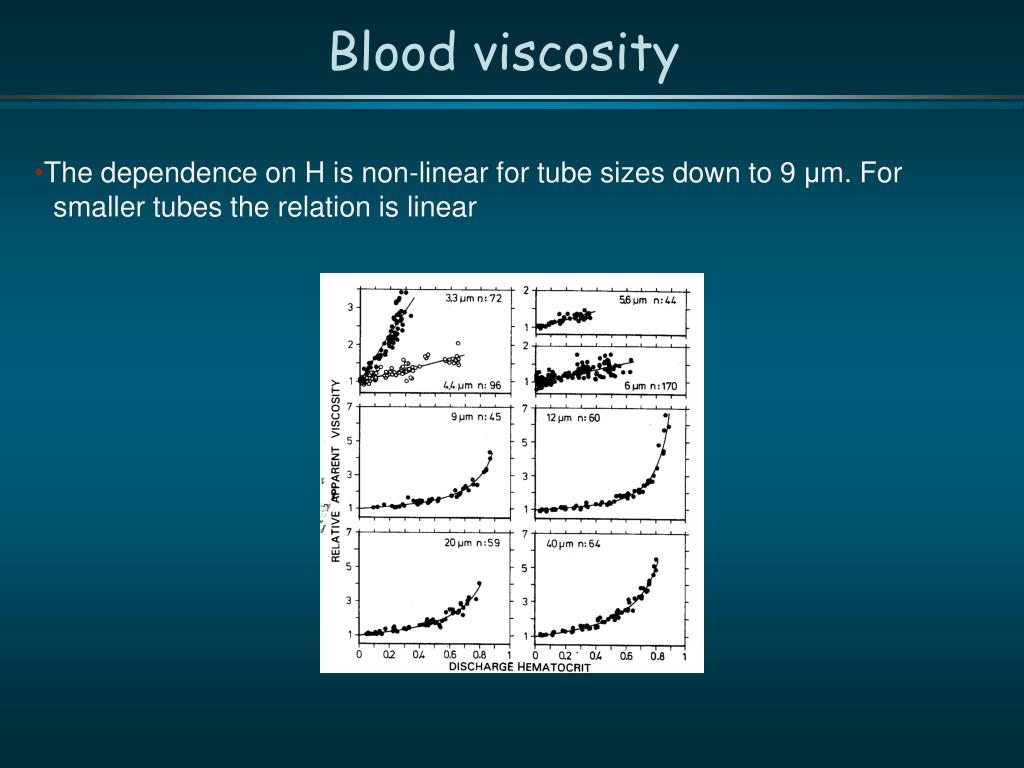

Our results show that there is a rheological signature within blood viscosity to clearly identify the fraction of rigidified cells among healthy deformable cells down to a 5% volume fraction of rigidified cells. We also perform systematic numerical simulations of a similar mixed suspension of soft RBCs, rigid particles, and their hydrodynamic interactions. Here, we report systematic experimental measurements of the viscosity of a suspension varying the fraction of rigid particles within a suspension of healthy cells. However, it is unclear how the rigidity of cells is related to the viscosity of blood, in part because SCA patients are often treated with transfusions of variable amounts of normal RBCs and only a fraction of cells will be stiff. It is known that blood from patients with SCA has a higher viscosity than normal blood. In SCA there is an impaired deformability of some cells, which are much stiffer and with a different shape than healthy cells, and thereby affect regular blood flow. Healthy RBCs are highly deformable objects that under flow can penetrate blood capillaries smaller than their typical size. Sickle cell anemia (SCA) is a disease that affects red blood cells (RBCs).


 0 kommentar(er)
0 kommentar(er)
